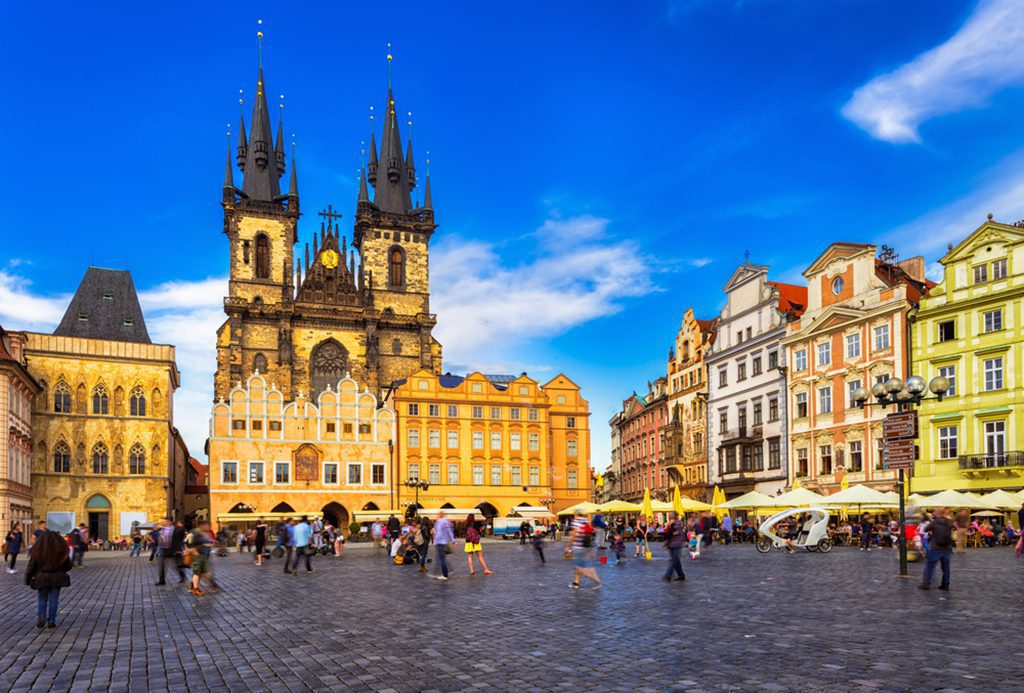The Frankish, Norman, and Mediterranean West and South of Europe, on the one hand, and mostly Slavic Eastern Europe, on the other, have hemmed in Central Europe. Germany serves as its nerve hub. While it was only 150 years ago that this part of Europe was united into a single country, its princes and people have been exerting their influence in this area for much longer than that.
Perennial Bavarian villages, historic castle towns with huge market squares attesting to the region’s illustrious trading past, and sparkling ancient imperial capitals with Roman ruins still in evidence.
The heart of Europe is dominated by the Alps and is home to stunning landscapes such as mountains that march around cities, lakes that mirror the jagged peaks, rivers that slash through settlements, and woods that beg to be discovered.
21. Zell am See
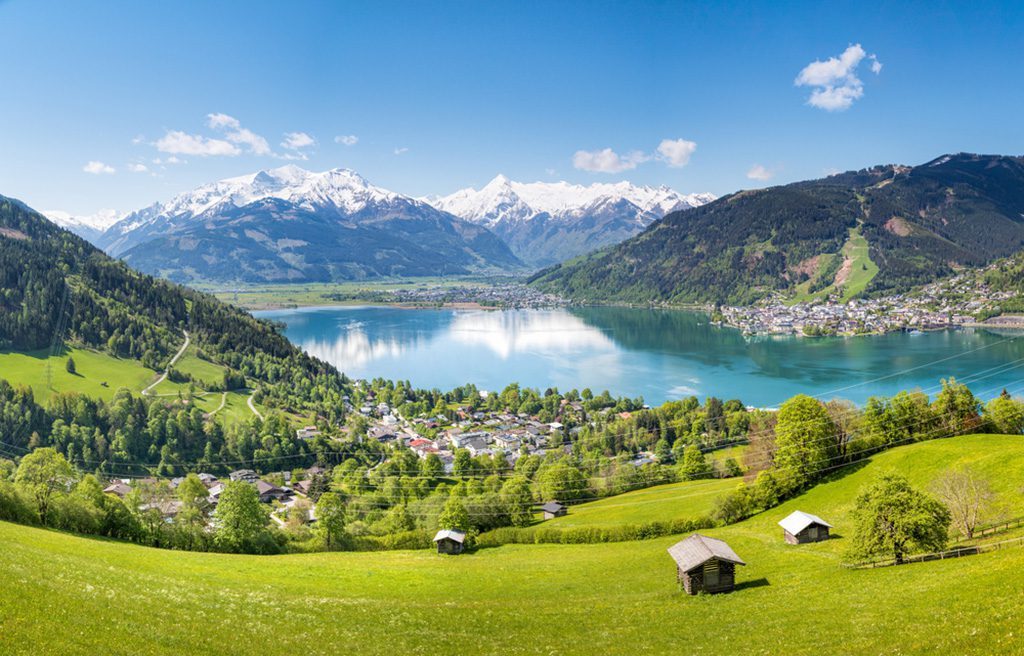
Located in southern Austria, not far from Salzburg, lies the quaint town of Zell am See on the banks of Lake Zell. You may take pleasure in the alpine lake no matter the season. Water sports, sunbathing, and scenic walks in the vicinity of the lake are just some of the summertime activities available to visitors. Good skiing may be found in the nearby mountains throughout the winter months.
In addition to its various inexpensive and opulent lodging choices, the town is home to the Romanesque St. Hippolyte’s Church, one of the oldest churches in the area (complete with a tower built in the 15th century).
20. Rothenburg ob der Tauber
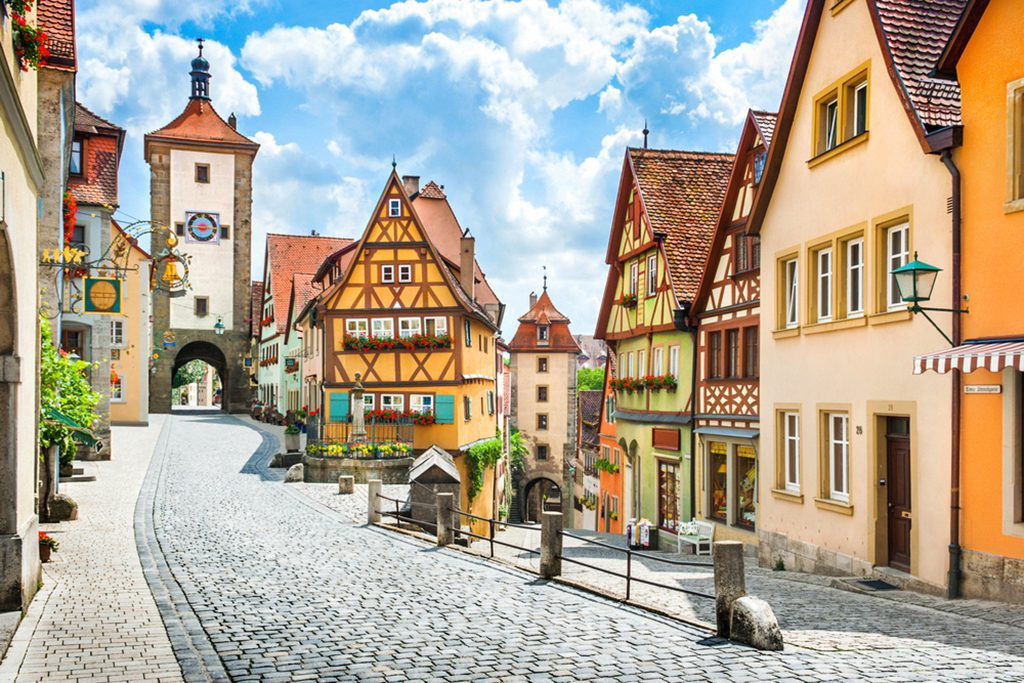
Rothenburg ob der Tauber is an outstanding example of a medieval town, and it is conveniently located on the famous Romantic Road in Baden-Württemberg and Bavaria. The town’s winding, narrow streets and quirky, colorful architecture provide the perfect setting for a fairy tale.
This Christmas market is a beautiful site to visit when the season is perfect, and it makes the town even more enchanted than it already is. The Rothenburger Reiterlesmarkt is located in the center square of the town, which is a setting that is very charming. Because of its position on the Romantic Road, getting there is a breeze, and once there, you may relax at one of the many quaint hotels.
19. Ljubljana
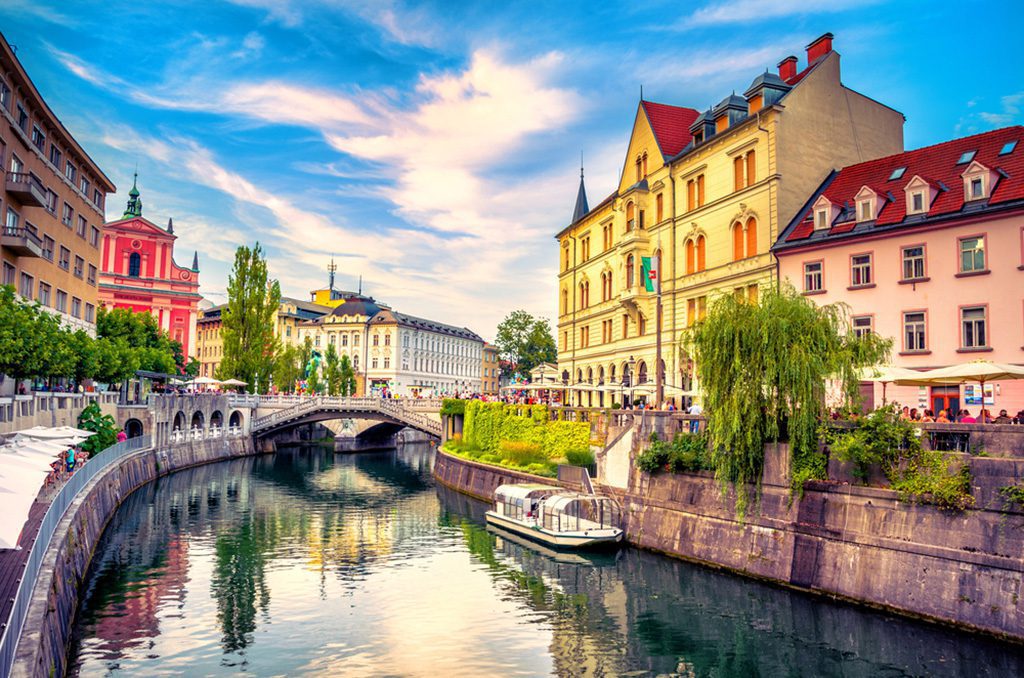
Besides being the country’s administrative center, Slovenia’s biggest city is also its capital. In the summer, people enjoy coffee at riverside cafés and wandering along the banks of the tree-lined Ljubljanica River, which runs through the heart of the city. Ljubljana has a thriving student population, an exciting nightlife, and a fantastic selection of restaurants.
Ljubljana Castle, built in the Middle Ages, is an iconic landmark that overlooks the city and is home to some of the best preserved medieval architecture in Europe. The city’s ancient Roman walls are still standing. Accommodation in Ljubljana is convenient and inexpensive.
18. Innsbruck
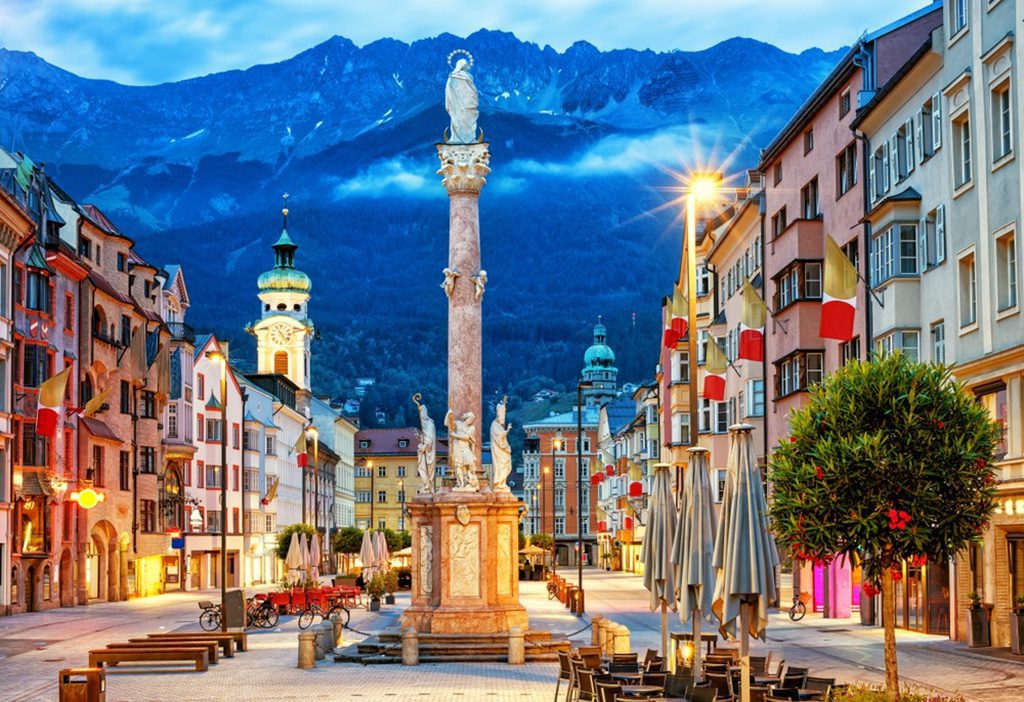
Innsbruck is a stunning mountain town with a wide variety of exciting things to do, whether you visit in the summer or the winter. It is framed by the towering peaks of the Nordkette Range and surrounded by verdant valleys. This Austrian city is comprised of a medieval Altstadt (Old Town) with fairytale-like structures, a Renaissance-style fortress, and a Baroque church.
Innsbruck offers a variety of accommodation options, from rustic camping just outside the city limits (during the summer, you’ll be right on nature’s doorstep and convenient to trails) to luxurious hotels in the city center.
17. Heidelberg
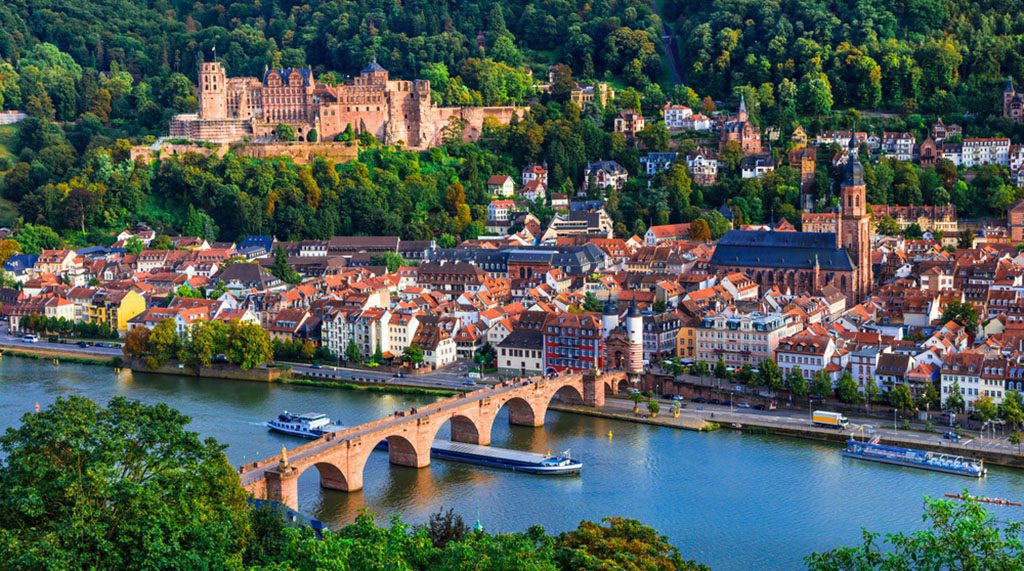
In Germany, Heidelberg boasts the first university ever founded. This town is like stepping back in time, with its beautiful Baroque Altstadt, lush woodland environs, and calm riverside—not to mention its fantastic student nightlife. On a height above the Old Town’s red rooftops stands a castle erected in brick and partly repaired some time in the 13th century.
North of the city, on the north side, lies the attractive and ancient Philosopher’s Walk, which offers views of the whole city. The remains of the old Celtic wall are still visible in this area. There are also cheap hostels and historic hotels (one of which was built in 1592).
16. Warsaw
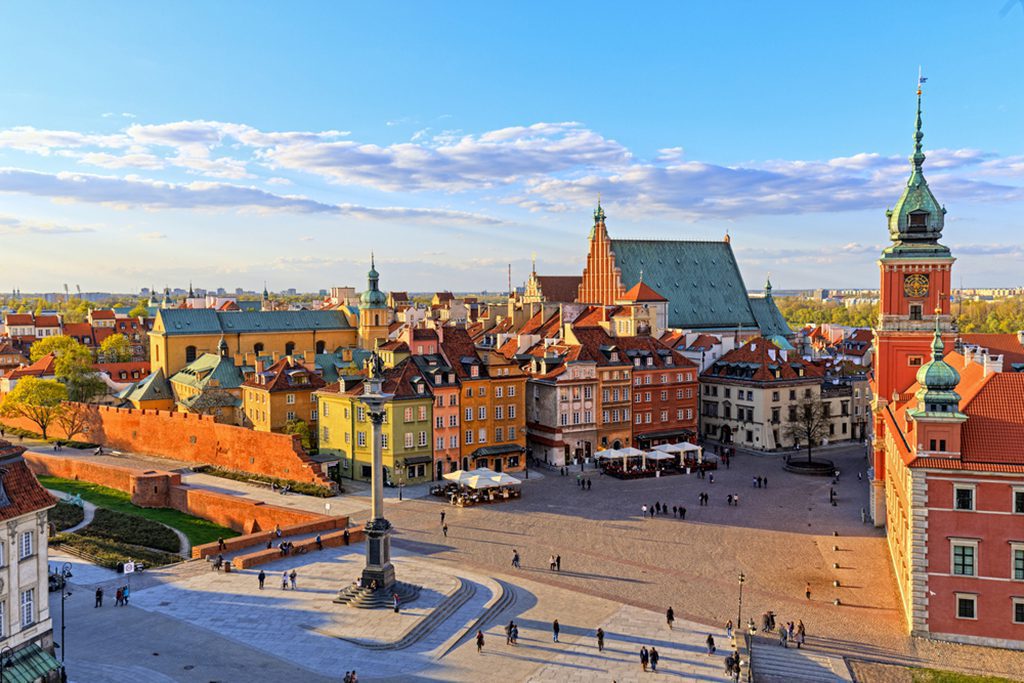
It is highly recommended to check out Poland’s capital city, which is home to a historic Old Town and a thriving local culture. Since the end of the Communist period and the end of the war, the city’s cobblestone streets have seen a resurgence of life. Take a stroll along the Royal Route to see some of the city’s most famous landmarks, such as the Holy Cross Church and the Monument of Copernicus.
The majestic Royal Castle dates back to the 16th century, while the Palace of Culture and Science was built in the 1950s (making it the highest structure in Poland). There is a wide variety of places to stay and ways to get about in this exciting and intriguing metropolis.
15. Bratislava
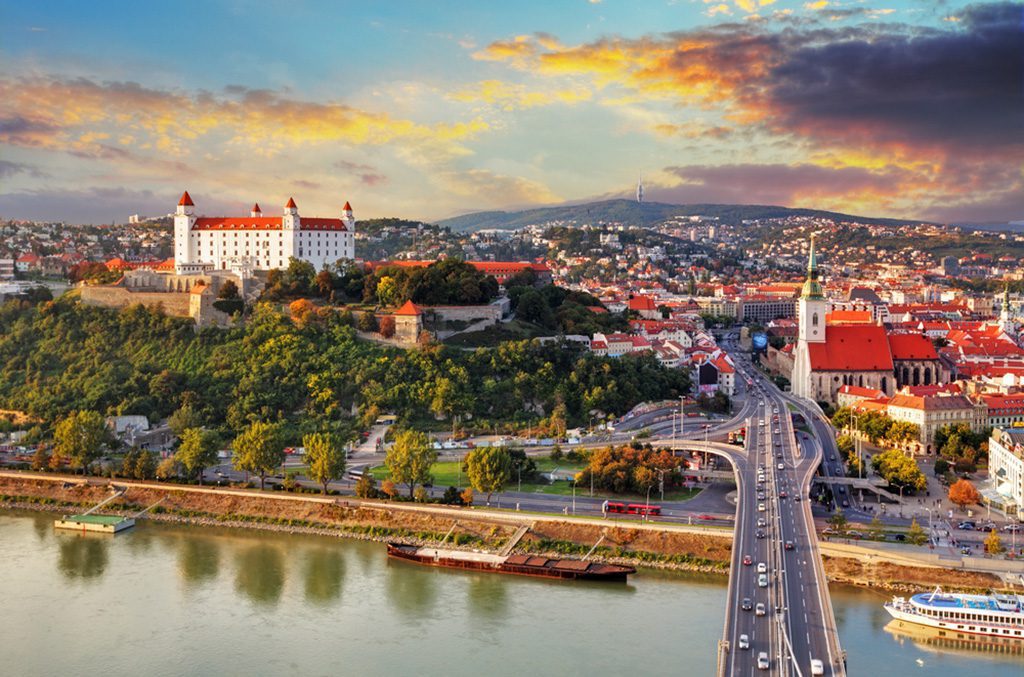
One of the smallest capital cities in Europe is Bratislava, the capital of Slovakia. Nevertheless, the ancient and Gothic old town, with its beautiful palaces and towering castle, is a must-see. There are also concrete buildings from the modernist period and Communist-era blocks in this mix.
Stylish stores, lively bars, and hip cafés line the streets of this historic riverside district. Bratislava has a wide range of accommodation options to suit a variety of budgets and preferences.
14. Lucerne
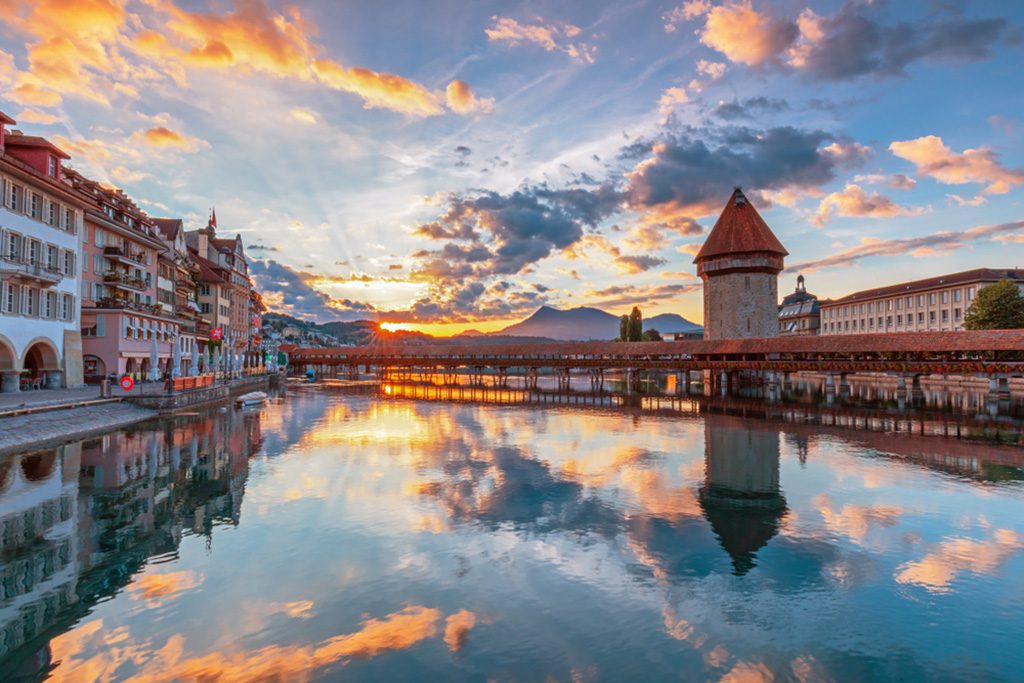
Lucerne, Switzerland, is located on Lake Lucerne, which is surrounded by snowy mountains. There are captivating vistas of the lake and a beautiful medieval old town to discover and admire. The Musegg Wall, which surrounds the historic district, was constructed in the 1300s, and the breathtaking Chapel Bridge, which is adorned with works of art, was constructed the next century, in 1333.
The neoclassical Sammlung Rosengart has several Picasso works, and the 15th-century Hofkirche St. Leodegar is also worth seeing. Otherwise, you should simply take in the infectiously positive energy that permeates the city of Lucerne.
13. Salzburg
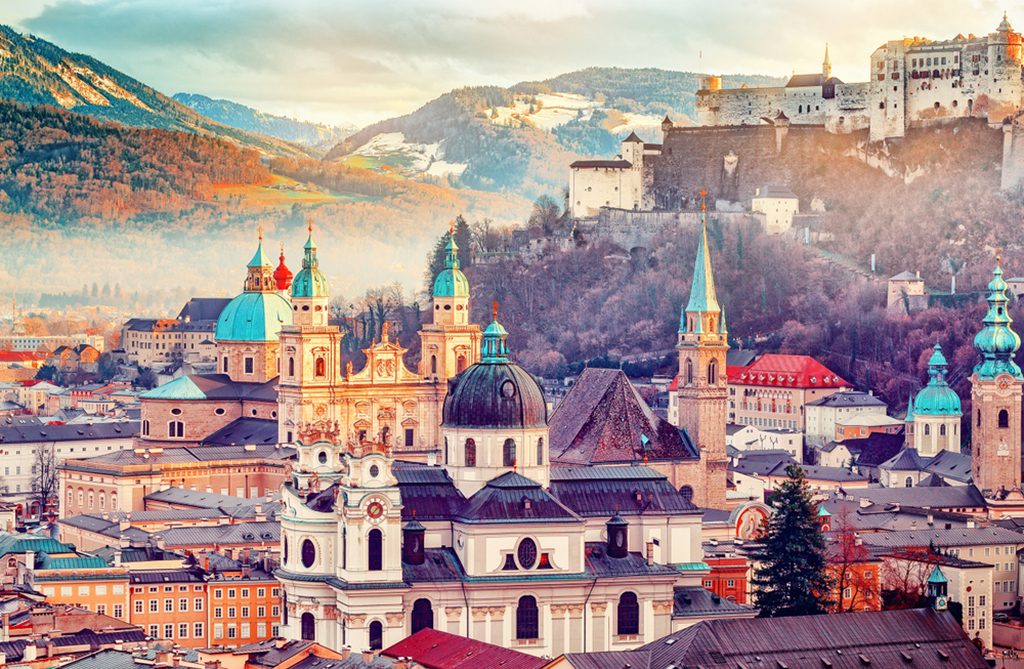
The city of Salzburg, Austria, is located in the country of Austria, close to the German border. Incredible, unobstructed views of the Eastern Alps are included. The Altstadt, located on the left bank of the Salzach River, is home to pedestrianized streets lined with medieval and baroque buildings, while the Neustadt, located on the right bank, is a neo-Gothic “New Town” built in the 19th century.
Salzburg is famed for being the birthplace of Wolfgang Amadeus Mozart and for its many historic landmarks, including the Baroque Domquartier (Archbishop’s Palace).
12. Zermatt
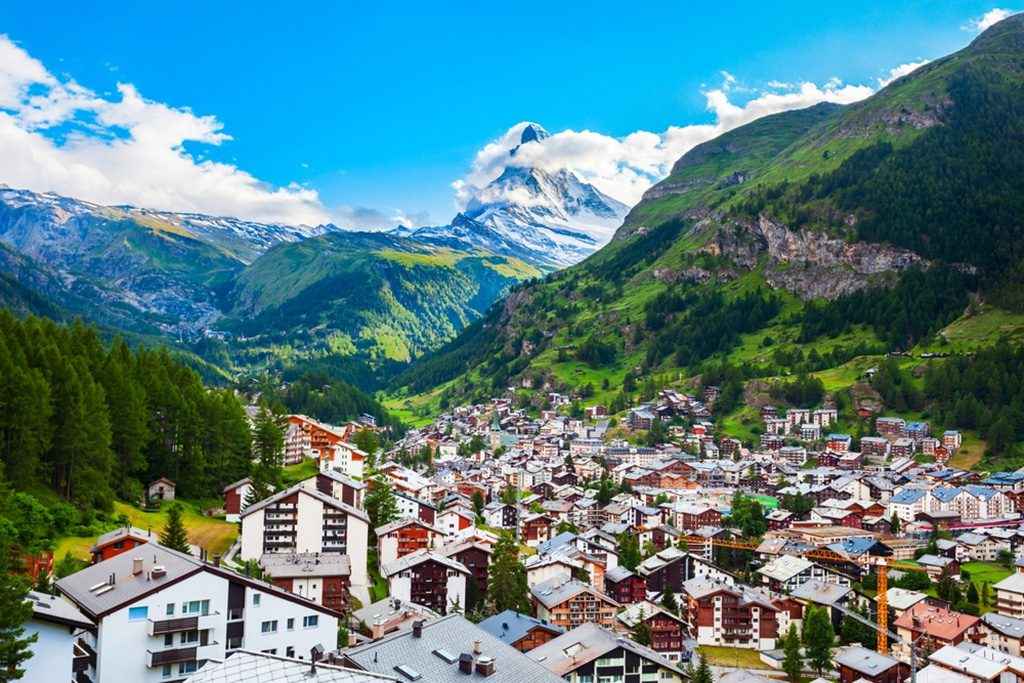
Zermatt, located in Switzerland’s Valais Canton, is a classic Alpine ski town. Climbers go to this area to scale the craggy summit of the Matterhorn, a mountain whose image has become synonymous with the Swiss Alps.
Even at an elevation of 1,600 meters above sea level, the village is obscured by the towering Matterhorn. During the day, Zermatt is a great spot to go skiing or hiking, but after the sun goes down, the town comes alive with a vibrant apres-ski scene and a bustling main street full of restaurants, bars, and hotels.
11. Munich
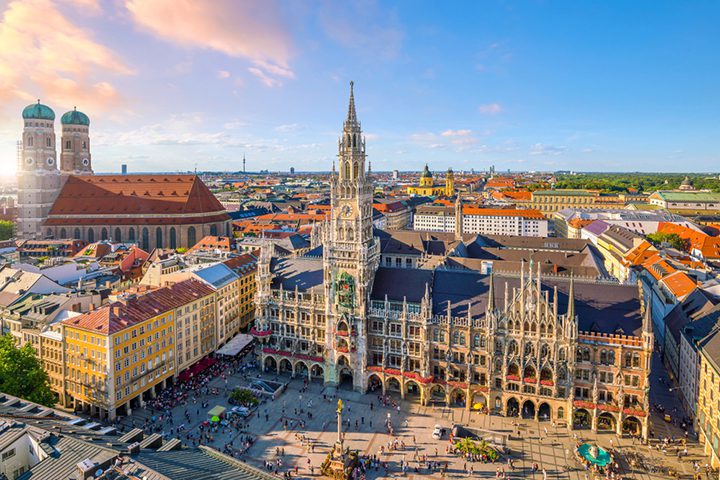
Munich, the capital of Bavaria and home to its famous Oktoberfest, is known for its beer and sausage. But the city is more than just its restaurants and pubs. Marienplatz Square serves as the beating heart of the Altstadt, and the New Town Hall, a towering, ornate Neo-Gothic masterpiece completed in 1874, serves as its focal point.
St. Peter’s Church was built in the 12th century, and the Frauenkirche Cathedral was constructed in the 15th century, both of which are stunning examples of Gothic architecture. The English Garden, where Oktoberfest is held, is a big public park that has been there since 1789 and is a great place to relax with a drink and some food while people-watching in Munich.
10. Hallstatt
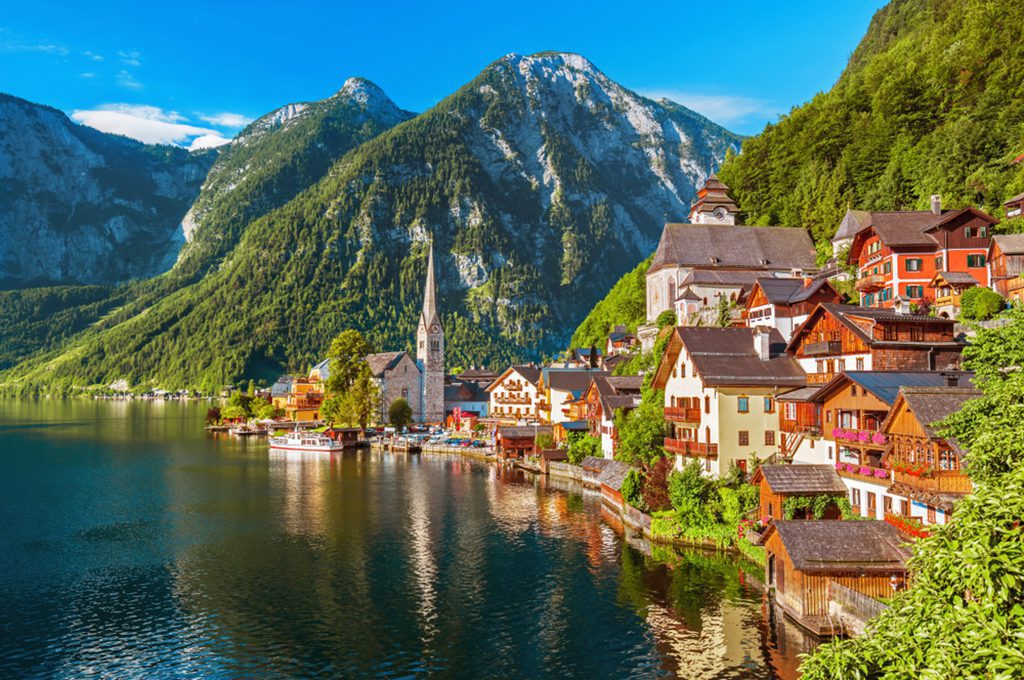
Hallstatt is a beautiful city in Austria that may be found on the western coast of the lake of the same name. It’s all about the setting, with its stunning green waters reflecting the neighboring alpine ranges.
Skiing is a possibility in the winter when the town is blanketed with snow. As the weather warms up, outdoor activities like mountain climbing and water sports become popular. This mountain town has quaint local cafés and stores in 16th-century buildings along picturesque streets, as well as chic boutique hotels and more budget options.
9. Zurich
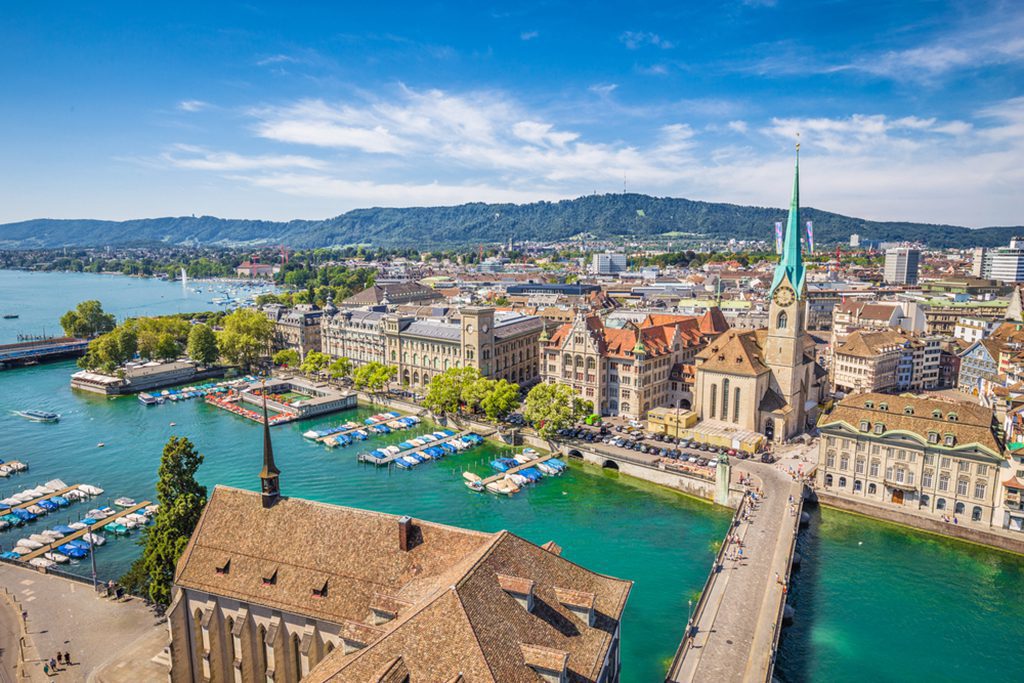
Zurich, a city in northern Switzerland on the shores of Lake Zurich, is widely recognized as the global banking and financial services hub. It is a beautiful city with a stunning Altstadt in its center, despite the somber focus on finance and business.
Waterside walkways and exquisite medieval structures line both sides of the Limmat River, while the Town Hall, built in the 17th century, seems to dangle precariously over the river. It is well worth exploring Augustinegasse, a historic commercial neighborhood with intricately carved windows. The cost of lodging may add up quickly in this area, so be ready to splurge on a stylish boutique hotel or a luxurious apartment.
8. Budapest
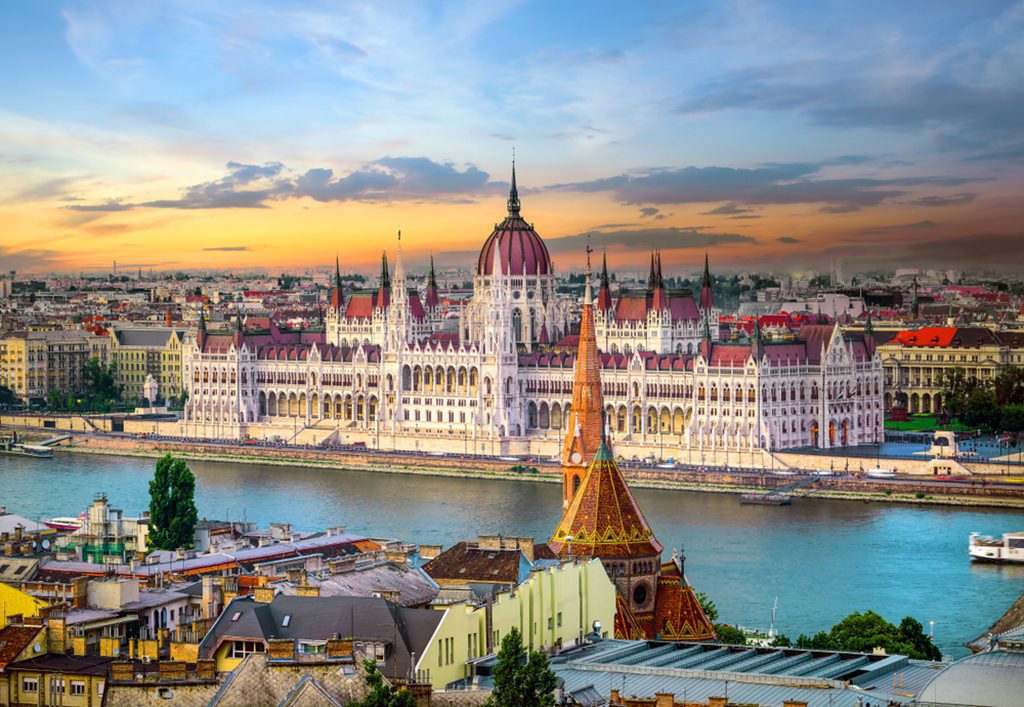
The capital of Hungary is Budapest. The settlement dates back to Roman times and is famous for its unique triangular layout. Buda, the city’s oldest neighborhood, and Obuda (which means “Old Buda” in Hungarian) are both home to Roman ruins.
The modern, 19th-century side of Budapest, with the spectacular Parliament Building, Opera House, and St. Stephen’s Basilica, can be found in Pest. Staying in Budapest and taking advantage of the city’s famous hot mineral springs is a breeze thanks to the abundance of reasonably priced, historic hotels.
7. Krakow
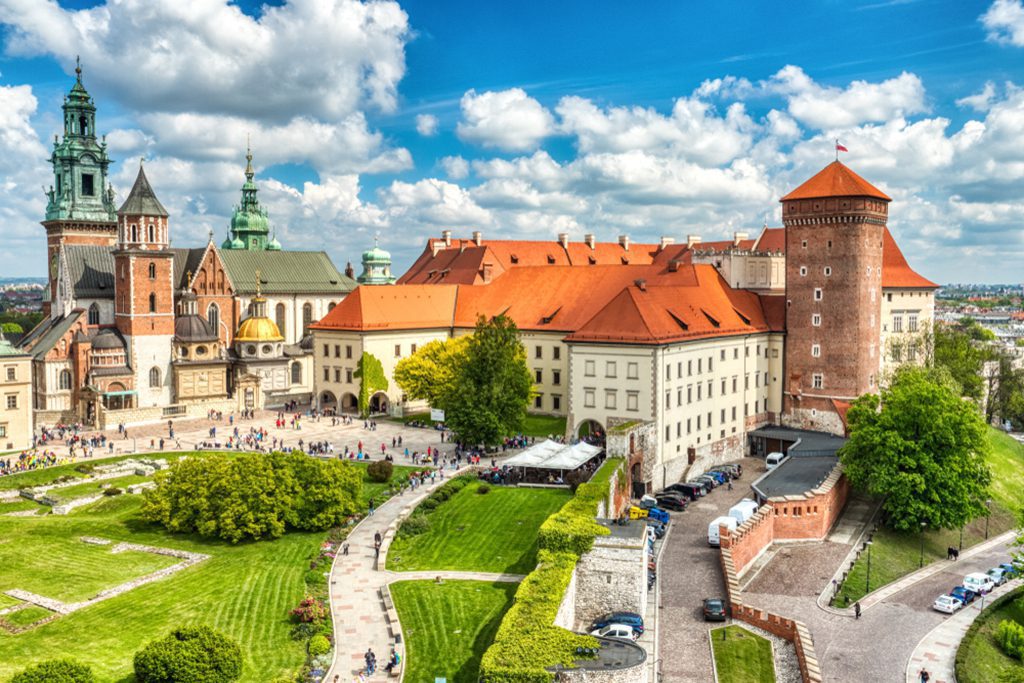
Krakow is an interesting city in southern Poland, not far from the border with the Czech Republic. Its medieval core is home to architectural marvels like the Cloth Hall and St. Mary’s Basilica, both of which can be found in Rynek Glowny, the city’s market square.
Despite its gloomy background during World War II, the old Jewish enclave of Kazimierz is today bustling with eccentric cafés and hipster pubs, showcasing the city’s rich Jewish culture. From Krakow, you can easily go to the iconic and horrifying Auschwitz to learn more about that past.
6. Fussen
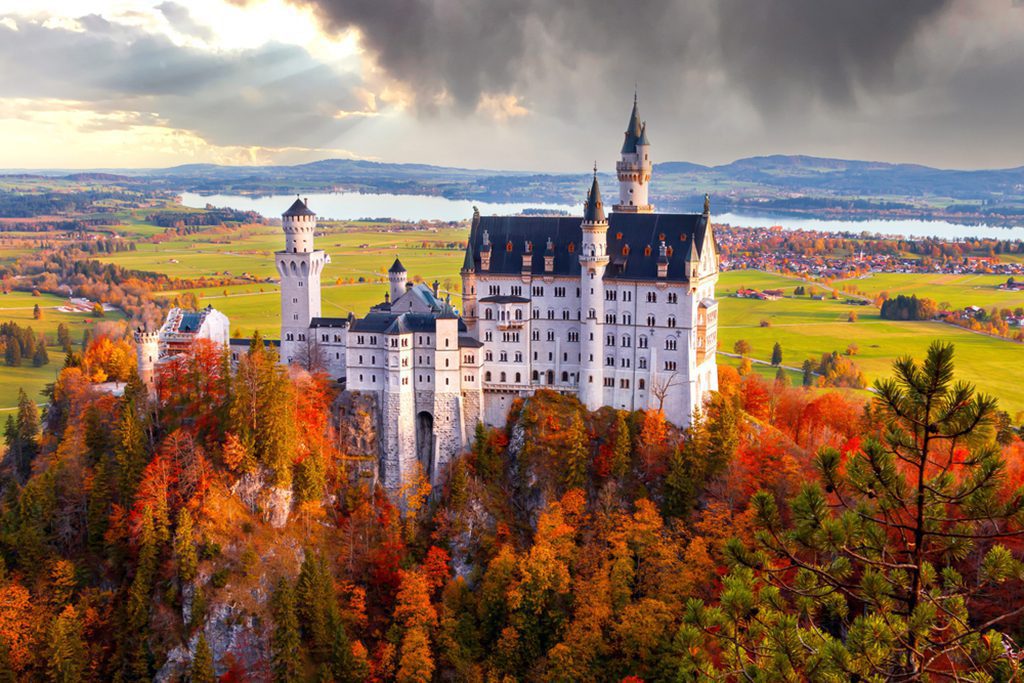
Fussen, a town in Bavaria, is well-known for the several castles that surround it and are within easy driving distance of the city. The Medieval Hohes Schloss, with its white walls and red roofs, has been a significant landmark in this area since the Romans constructed a stopover here in 47 AD.
Fussen’s Altstadt, with its pedestrian-friendly streets and abundance of Bavarian architecture dating back 700 years, is a lovely spot to have a cup of coffee. Visit Neuschwanstein, the adjacent fantasy castle built by King Ludwig II in the 19th century that served as the model for Sleeping Beauty’s castle in Disney’s Sleeping Beauty.
5. Lake Bled
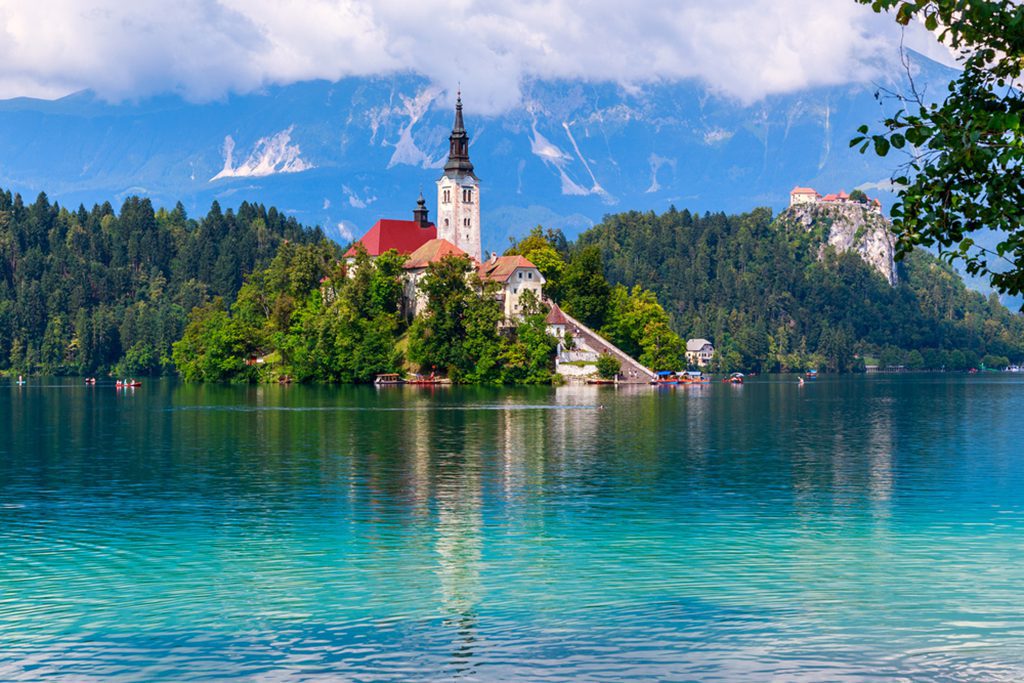
Lake Bled is a beautiful location in the Julian Alps in northwest Slovenia. Bled Island, which is located in the middle of the lake, is a popular destination. The Church of the Assumption of Mary is located on an island that may be reached by renting a rowboat or a pletna (a traditional wooden boat).
Bled Castle is also close by. However, during the summer months in Bled, visitors may be seen playing in the lake, swimming, sunning themselves, and cruising about on boats. Hiking around the lake is a breeze, and there are plenty of great spots to pause and take in the scenery.
4. Jungfrau Region
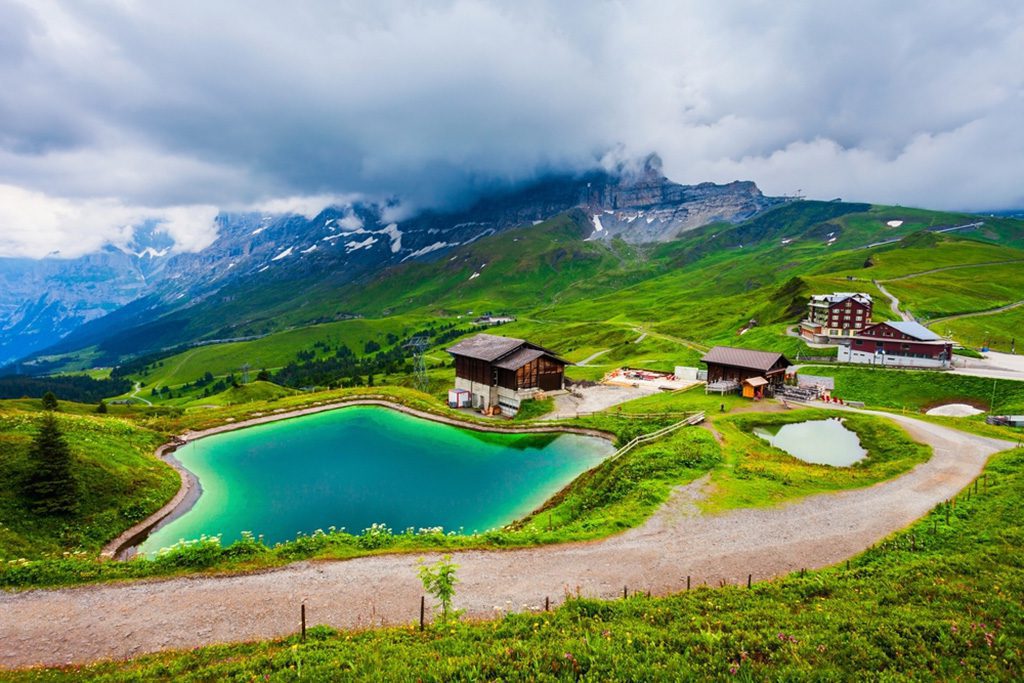
The Jungfrau Region, so called because it is home to the Jungfrau (or “Virgin”) Mountain, is characterized by rugged mountains, breathtaking waterfalls, and massive glaciers. At 4,158 meters above sea level, Jungfrau Mountain is a well-known landmark. Above Interlaken, in the heart of Switzerland, at the highest point in the Alps, is where the Jungfraubahnen cogwheel train makes its journey to Europe’s highest railway station.
Trummelbachfalle, a set of 10 glacial waterfalls, lies so far within a mountain that the only way to get there is via a lift. Wengen is an excellent starting point for exploring the surrounding area and seems like you’ve stepped back in time with its wooden buildings and little resorts. It’s a lovely place to go skiing in the winter or hiking in the summer.
3. Vienna
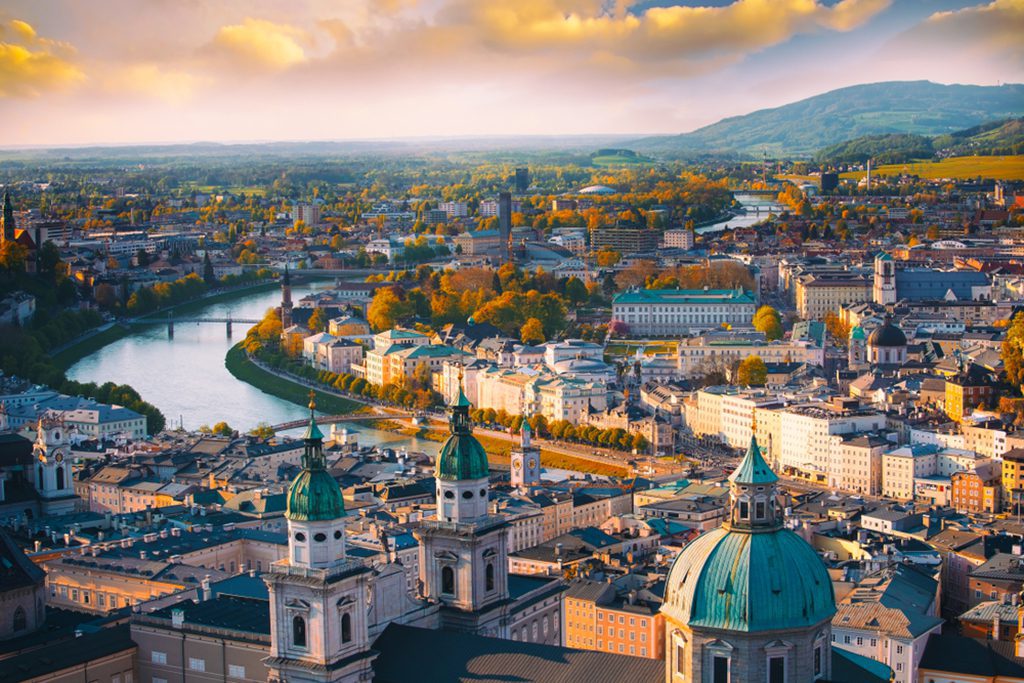
Vienna, the capital of Austria, has a rich cultural history that includes many famous thinkers and artists, such as Freud, Mozart, Lenin, and Beethoven. In Vienna, you may explore several imperial palaces that date back to the Austro-Hungarian era; they include the Baroque Schönbrunn Palace, the summer residence of the Habsburg dynasty, and the magnificent apartments at Hofburg.
This ancient city is exemplified by the beauty of the 18th-century Vienna State Opera, which demonstrates the significance of art and culture. Explore what makes Vienna special by visiting its historic cafés, delicious pastries, and comfortable hostels and hotels.
2. Berlin
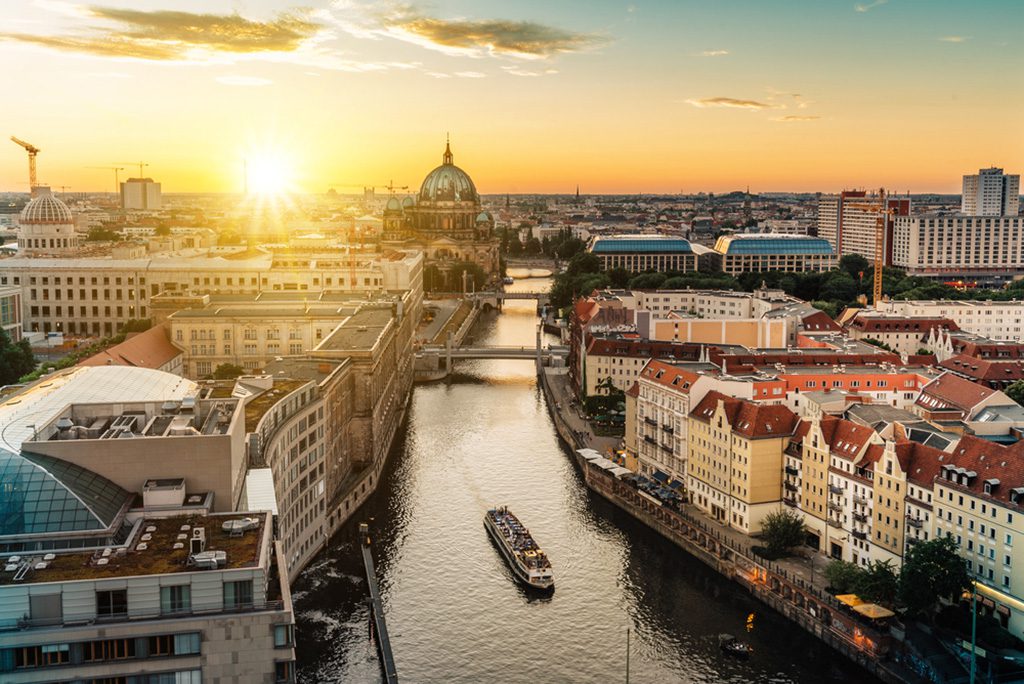
Berlin, the brazen capital of Germany, has seen a lot in its time, including the recent division of the country into capitalist West and communist East sectors. Despite its troubled past, this contemporary city is filled with hipster hangouts, galleries, bars, and restaurants.
Visit the historic Brandenburg Gate, a classical archway steeped in history, or the East Side Gallery, where you can view pieces of the Berlin Wall and graffiti scribbled on them. The Reichstag combines historical elements with modern architecture. Berlin is home to a wide variety of hip hotels, as well as many restaurants, bars, and nightclubs.
1. Prague
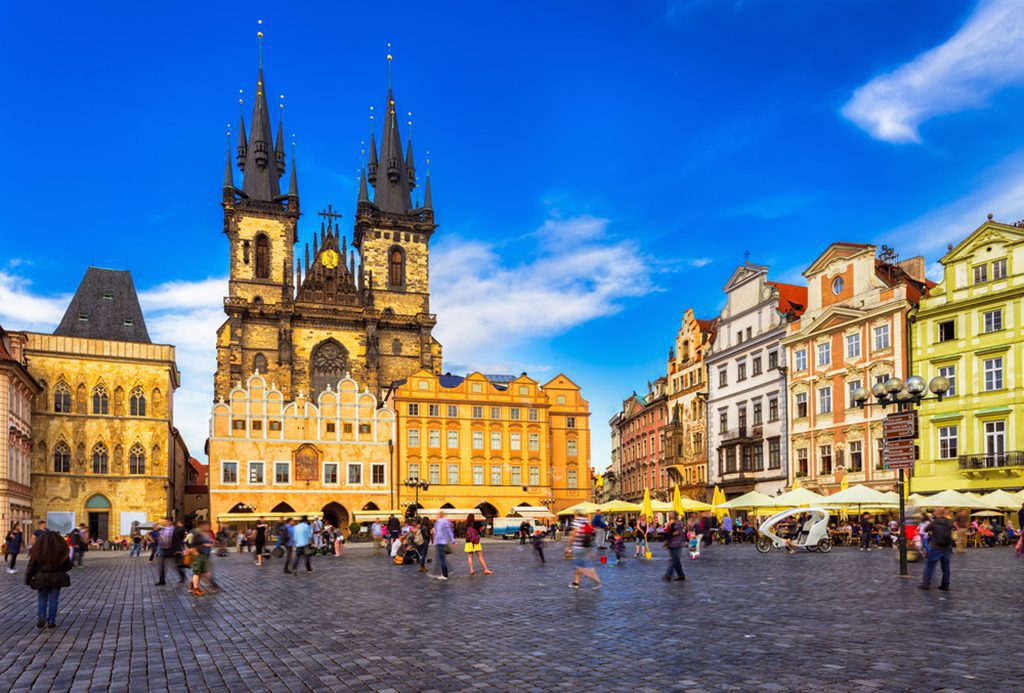
The capital of the beautiful Czech Republic is Prague. Though it’s famed for its nightlife, with lots of pubs and restaurants to bounce about after dark – as well as plenty of places to stay – the city also offers an abundance of history to uncover.
You can find the world’s oldest operating astronomical clock, the 600-year-old Orloj, in Prague’s picturesque Old Town. Charles Bridge, erected in 1402, links the Old Town to the Lesser Town and is now open only to pedestrians. The very ancient structure that is Prague Castle dates all the way back to the 9th century and is currently the official residence of the Czech president. Learn about the rich Jewish heritage of Prague by exploring the city’s historic Jewish Quarter, which is home to Europe’s oldest synagogue and cemetery.


